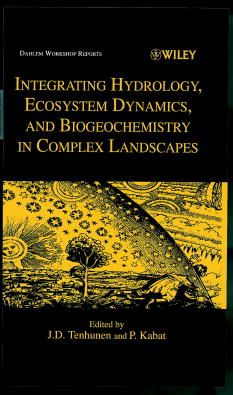In recent decades, the biosphere has become increasingly stressed, often beyond the point where the internal structure and function of ecosystems are sustained. We have experienced an intensified “exploration” of natural system resources to support agricultural and forest production, to provide water for human consumption, to supply the needs of industrial processes, and to provide, in addition, attractive, diverse landscapes for recreation and tourism. Exceeding thresholds via anthropogenic disturbance that results in degradation of ecosystems is dangerous, since the system-level effects and feedbacks (e.g., soil erosion, famine, polluted drinking water, etc.) are highly undesirable. Finding appropriate compromises in resource use that satisfy existing competitive interests and result in sound environmental management, especially in densely populated regions, requires an improved understanding of the trade-offs that accompany changes in “exploitation” or altered resource allocation at regional and landscape scales. <p>Progress on landscape-level understanding of coupled water, carbon, and nitrogen budgets is limited by a lack of commitment to a rigorous development and application of synthetic techniques (e.g., strongly linked remote sensing studies, geographic information system applications, computer simulation modeling, and ecosystem experimentation) more than by basic site-level measurement alone. Possible research approaches that will contribute to new use of ecosystem knowledge in a landscape and regional context were considered by this Dahlem Workshop. The importance of conducting improved landscape and regional assessment of ecosystem function as input to global scale efforts of the International Geosphere-Biosphere Programme is a major theme of this book.</p> <p> </p>
Earth sciences
Integrating Hydrology, Ecosystem Dynamics, and Biogeochemistry in Complex Landscapes
₹25,444.00
This book is currently not in stock. You are pre-ordering this book.

